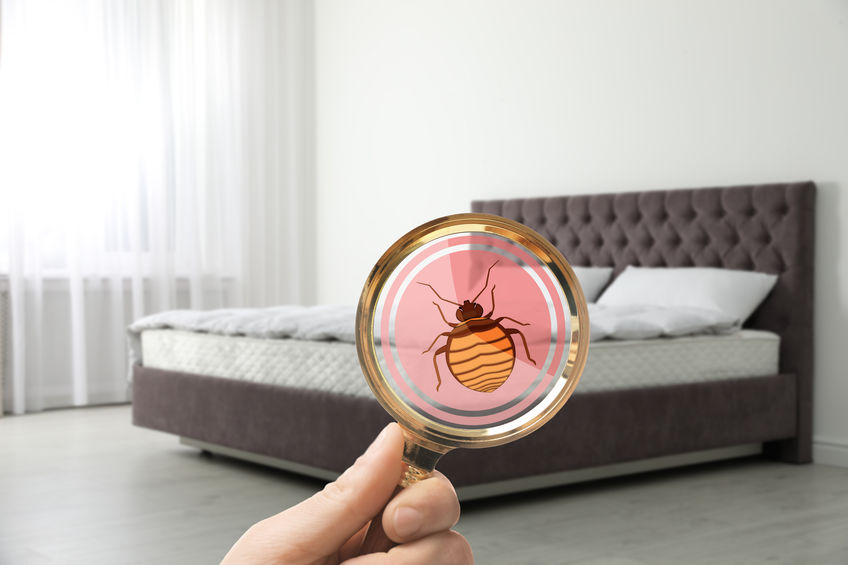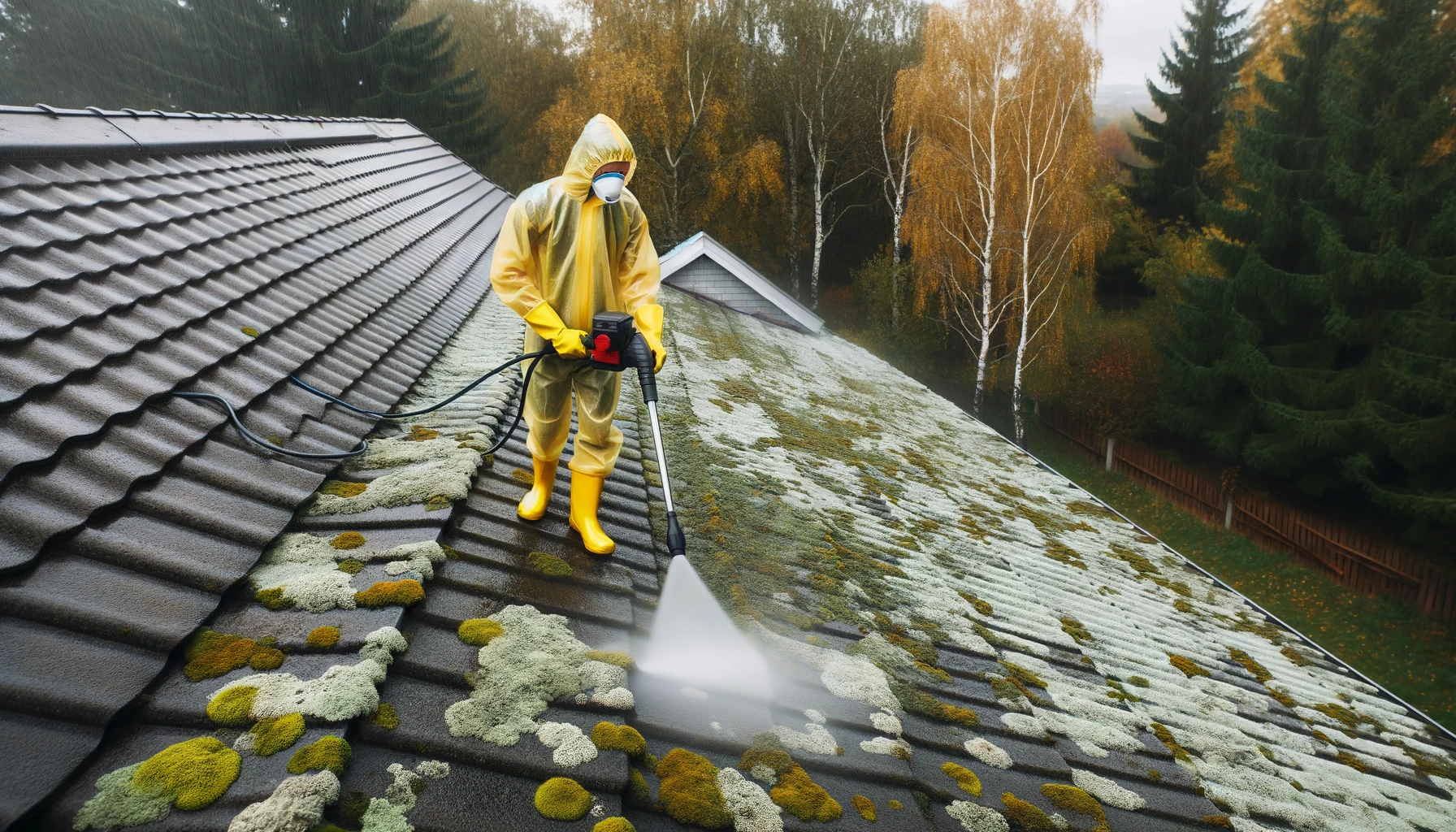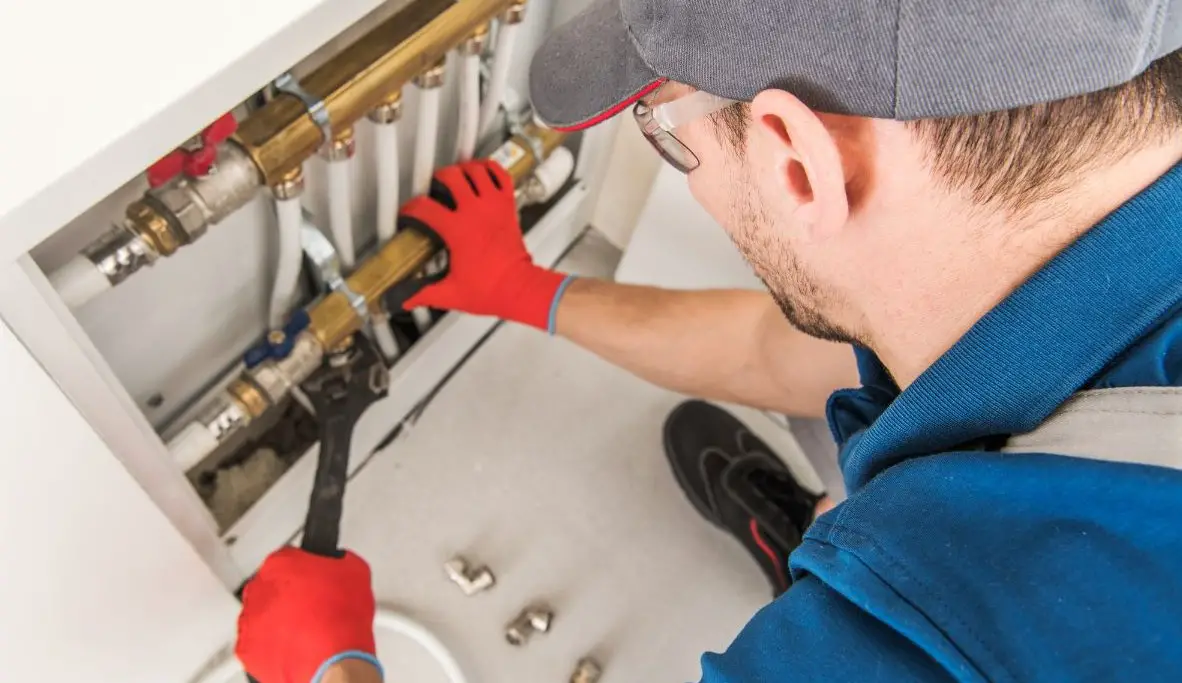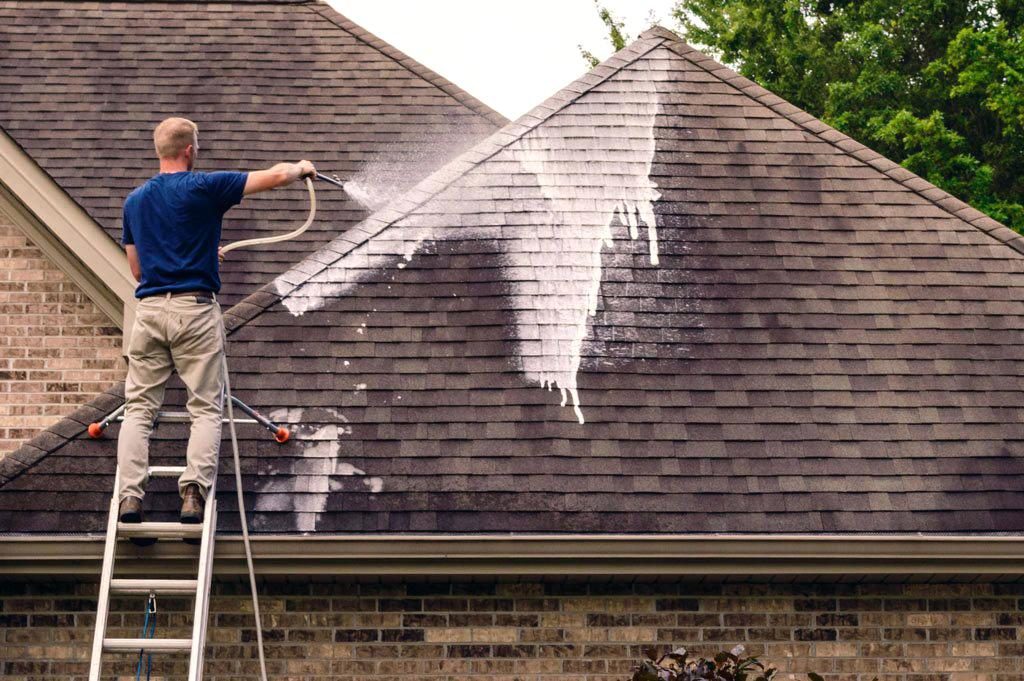The clean-up and restoration process can be stressful and disruptive if you have experienced water damage in your home or in a rental property that you own. Could you detect a potential problem source before damage occurs? Would your insurer provide a discount if you did so?
To answer the first question, probably yes. If a small cost allows you to detect leaking hoses and running faucets before they cause flooding, there is little reason not to do so. You can accomplish this with a leak detection system. For less than $100 you can get basic models that do not have shut-off capability. Even though professional-grade systems are more expensive, they are still cheaper than many deductibles.
For the second question, in most cases, no; very few insurance companies are offering premium discounts for leak detection systems. The demand for home mortgage financing may increase if insurers make discounts more widely available to consumers. A feature like this could be handy for rental properties whose owners or managers might not always be around to spot a leak early or shut it off when necessary. Freezing pipes in ski lodges can also lead to severe damage and lead to costly repairs for homeowners.
Leak detection and prevention service offer a valuable revenue stream for plumbing companies because they allow them to make future service recommendations. This service will enable them to fully cover any plumbing-related need homeowners may face and positions them as industry experts. This results in higher levels of consumer trust.
The Importance Of Leak Detection
Non-revenue water is water lost through leaks, waste, or even simple theft, meaning it never reaches its customers, resulting in no revenue for the water supplier. Several technologies are available and in the pipeline that can detect and prevent physical water losses, whether it’s leaky pipes or unaccounted-for water due to faulty meters.
The volume of non-revenue water losses varies from volume (gallons or liters) per unit of time to non-revenue water losses. Ample water supply systems also measure water losses by the volume of water lost per mile (or km) of the pipes that are part of the water supply system. Based on these values, the percent of the total water lost or unaccounted for is calculated.
City-operated water supply systems can be their customers, so specific water flows are accounted for but non-revenue because the city does not charge itself for water usage.
Leak Detection Methods Influenced By Technology
Leak detection and location continue to be primarily done through acoustic detection techniques. Acoustic leak detection is defined as “the systematic process of listening to underground pipelines to detect hidden leak sounds and pinpoint the exact location of hidden leaks.” A pipe leak or crack produces a distinct rushing or hissing sound that can travel along the length of the pipe (loose soil around the pipe in its backfilled trench does not conduct sound well).
Therefore, the pipe acts as a medium for transmitting sound. The pipes vibrate with different pitches as they get shorter, bigger, and of other materials sized, so it’s like strings on a guitar. The sound can travel the longest distance in small diameter metal pipes, up to 1,000 linear feet, but the sound can only travel 100 feet in large diameter polyvinyl chloride (PVC) pipes.
Various listening devices are used to detect this sound. Mobile or stationary, direct or indirect, external or internal, they may utilize radio transmissions or manual downloads into laptop computers. Mobile acoustic sensors run on wheels or can be manually operated. Either way, the sensor consists of a ground microphone that listens to the pipe surface while the operator walks along.
The second method of detecting leaks uses pressure differences. Comparing the readings of flow meters and pressure gauges strategically located can determine where the leak is located. Suppose, for example, the flow rates at the start and end of the pipe are significantly different, which indicates a leak between them.
A decrease in pressure within the first 24 hours following installation will mean losing water and its subsequent lowering from earlier levels. Both systems can be combined with pressure differentials and flow differentials to bracket a leak’s location, followed by mobile acoustic sensors running the length of the bracketed area to pinpoint its position. Using the former saves time and effort for the latter.
Conclusion
Apps are another trend in leak detection systems, becoming more commonplace and easy to use. When the App is installed, the leak detection system app becomes the product that consumers interact with. You’re not going to go downstairs and touch the Control valve every time there is a leak.
You will interact with the App, so IT companies focus more on your user experience and user interface to ensure they are clean, intuitive, and consistent. The market is still emerging, and early adopters and early innovators are only beginning to emerge. Continuing to develop and grow these products are in our future. As leak detection products integrate with other components in the home, we will see more integration. There is no limit to what we can achieve.”






